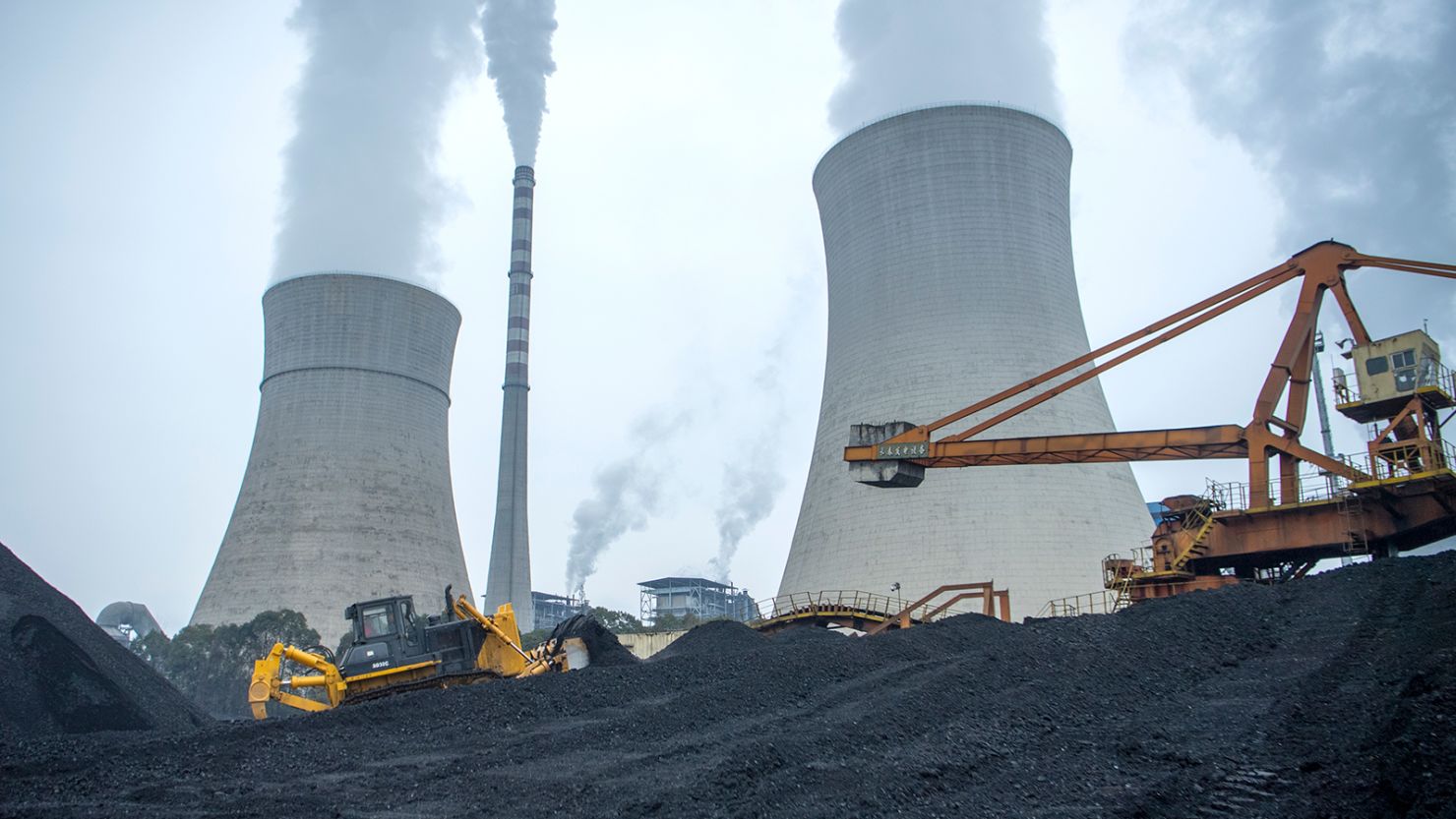China is surging ahead with coal, a new report shows, rapidly approving and building new power plants despite its own promises to cut back on carbon as the world plunges ever deeper into the climate crisis.
Last year, the country approved the highest number of new coal-fired power plants since 2015, according to the report, released Monday by the Center for Research on Energy and Clean Air (CREA) and the Global Energy Monitor (GEM).
“China continues to be the glaring exception to the ongoing global decline in coal plant development,” said Flora Champenois, a research analyst at GEM.
“The speed at which projects progressed through permitting to construction in 2022 was extraordinary, with many projects sprouting up, gaining permits, obtaining financing and breaking ground apparently in a matter of months,” she added.
China’s emissions are more than double those of the United States, and though the country’s leaders have previously vowed to cut back on carbon, its reliance on coal poses a significant challenge.
Throughout 2022, China granted permits for 106 gigawatts of capacity across 82 sites, quadruple the capacity approved in 2021 and equal to starting two large coal power plants each week, said the report.
Last year, China experienced its worst heat wave and drought in six decades, dealing a blow to hydropower-reliant provinces -— and prompting authorities to turn toward coal instead.
To ease the power crunch, coal plants boosted their output, with daily thermal coal consumption hitting a record high in August.
2021 wasn’t much better. Though Beijing had initially shut down hundreds of coal mines and pushed the remaining ones to curtail production, nationwide power shortages led the government to order mines to “produce as much coal as possible.”
That push doesn’t appear to be ending anytime soon, with the report authors warning that even China’s simultaneous expansion in renewable energy won’t be enough to offset the impact.
China added a record 125 gigawatts of solar and wind capacity last year, making up 2% of the country’s electricity demand. And though that target is even higher this year, “even this increase won’t be sufficient to supply all of the demand growth without increasing power generation from fossil fuels,” said the report.
It added that for China to truly cut down on carbon emissions, it needs to start phasing out its “vast coal power plant fleet” rather than continue growing it. Besides the plants’ environmental impact, their “politically influential owners … have an interest in protecting their assets,” said the report.
Carbon neutral goal
China and the United States are the world’s two biggest carbon emitters, with China’s emissions tripling over the past three decades, one report found in 2021.
And though Chinese leader Xi Jinping had declared in 2020 that the country would become carbon neutral by 2060, activists and experts have said the government isn’t taking swift or decisive enough action.
For instance, though China released a new plan in 2021 to cut its reliance on fossil fuels, it did not announce an updated emissions target. Later that year, the emission-cutting plan it submitted to the United Nations drew disappointment from other world leaders who had hoped for significantly higher pledges and an accelerated decarbonization timeline.
Xi himself softened his tone toward zero-carbon in the face of power outages, factory closures and compromised supply chains, saying early last year that “carbon peak and carbon neutrality cannot be realized overnight.”
The country’s climate efforts have also been hampered by geopolitics, with China suspending climate talks with the United States last year in response to US House Speaker Nancy Pelosi’s trip to Taiwan — dismaying activists, who say the two countries’ cooperation is crucial if the world is to avert climate catastrophe.
Negotiations restarted months later at the UN’s COP27 summit in Egypt.











